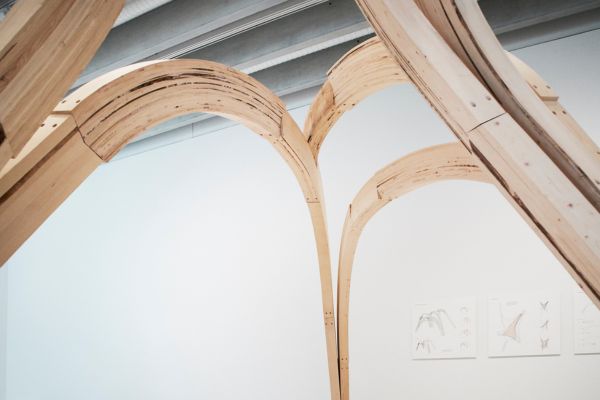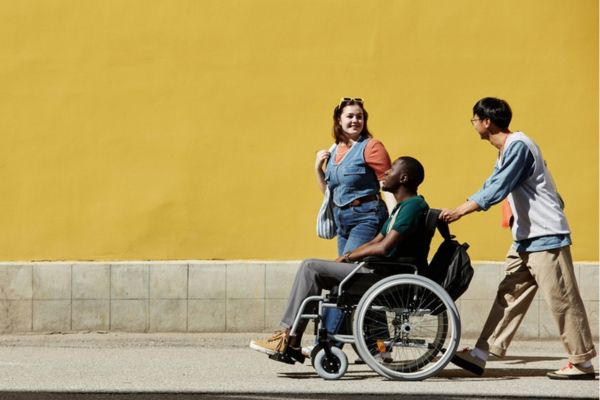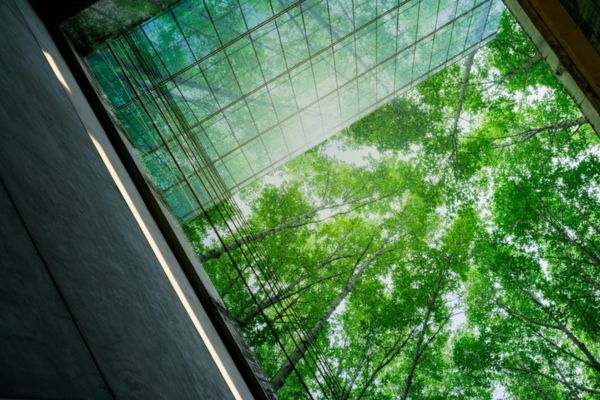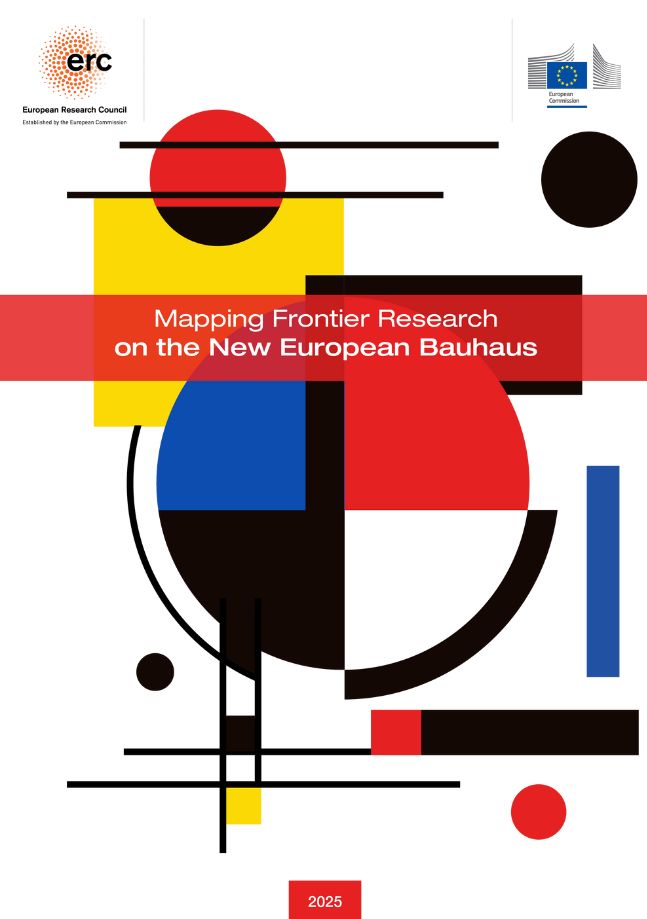Science meets design
ERC-funded research is helping to bring the New European Bauhaus (NEB) initiative to life – creating cities and communities that are greener, more inclusive, and inspiring. Supported with € 158 million between 2014 and 2024, 87 projects are generating knowledge, breakthrough technologies, and innovative solutions that shape the spaces we live in and improve citizens’ daily lives - from greener buildings and smarter cities to spaces that promote well-being, creativity, and social justice. This report details their contribution.

Aesthetics: from new materials to urban greening
Imagine spaces that not only exist but breathe and awaken the senses. ERC researchers are making this vision a reality by developing nature-inspired materials such as biofilms that replace chemical coatings, creating energy solutions to cool overheated cities, and designing urban green spaces that reconnect people with nature. By weaving circularity, sustainability, and inclusivity into every aspect - and involving communities in their creation - these innovations nurture well-being and strengthen connections between people and the places they inhabit.

Inclusive cities: housing, culture, and community
Stable housing is more than a roof over one’s head – it is the foundation for full participation in society. ERC grantees explore the drivers of urban segregation, from income and wealth disparities to social dynamics, geography, and the effects of globalisation. Their work examines how citizens navigate diversity in urban environments and how cities can promote social justice, and foster inclusion, and accessibility for all. Beyond housing, projects highlight the arts, theatre, design, and participatory knowledge-building, showing how creative and cultural practices can shape inclusive, sustainable communities..

Sustainability: from solar innovation to smart mobility
Cities and buildings are evolving to do more than consume energy - they can generate it. ERC grantees are advancing solar technology, integrating photovoltaic materials into building facades, and creating flexible, stretchable solar cells that adapt to diverse surfaces. Researchers are also rethinking urban mobility, developing greener, smarter, healthier and more inclusive transport solutions, while supporting citizen-driven initiatives to reduce pollution. By combining innovative planning, advanced technologies, and digital participation, ERC-funded projects contribute to making urban areas more resilient to climate change, flooding, and landslides. They demonstrate how sustainable design and community engagement can shape safer, cleaner and more liveable urban environments.
 Read the report
Read the report

